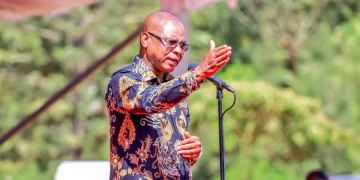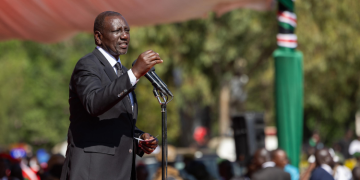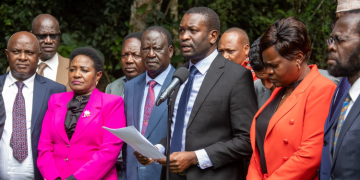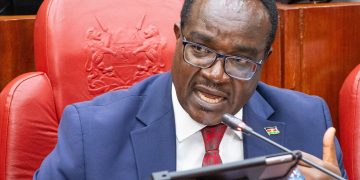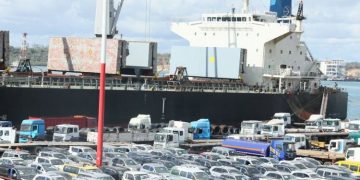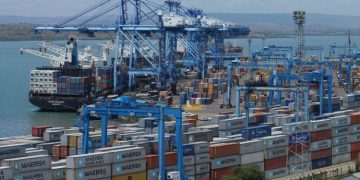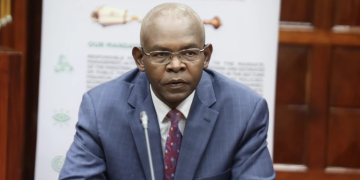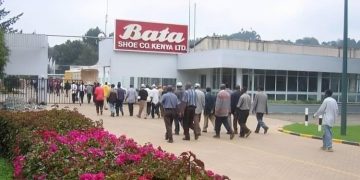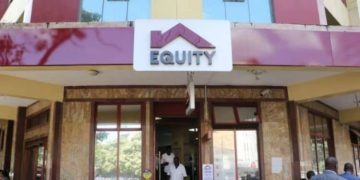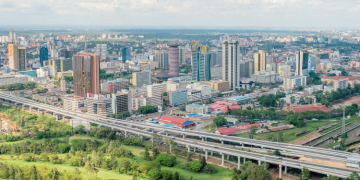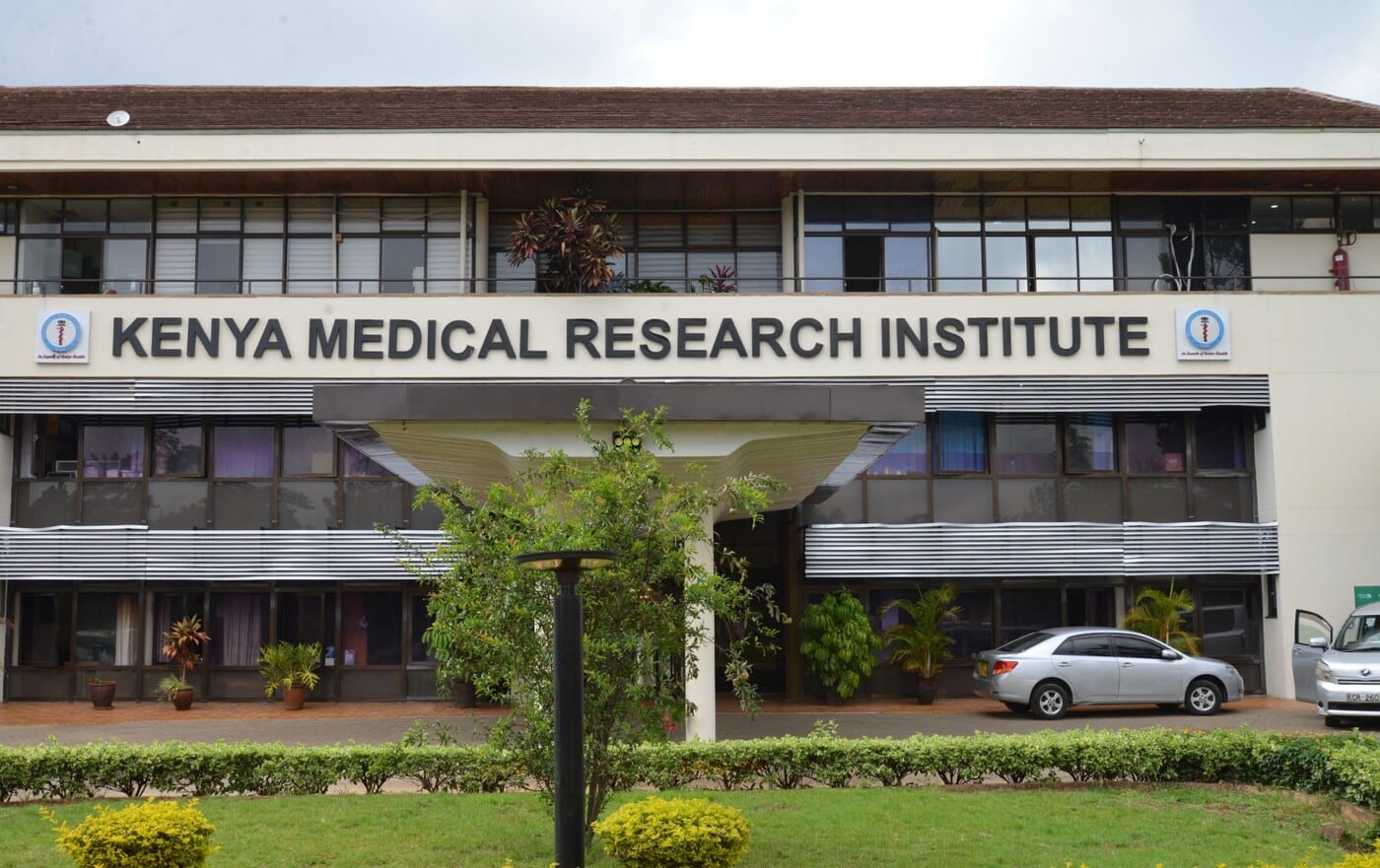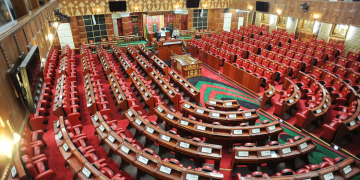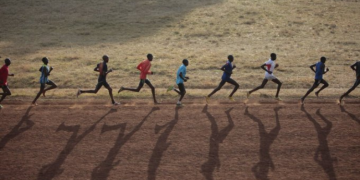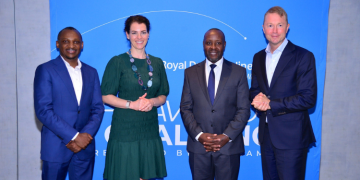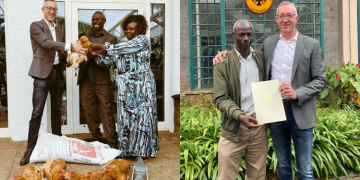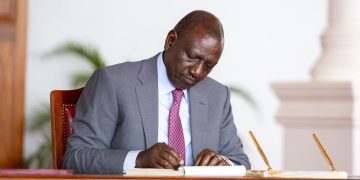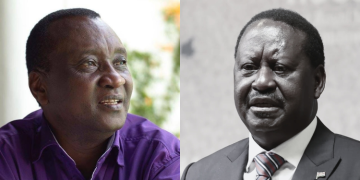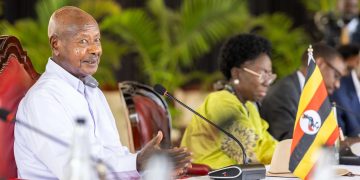Drivers of Diaspora Migration: The Cambridge dictionary defines diaspora as, ‘a group of people who spread from one original country to another country, or the act of spreading in this way’. Knomad estimates migrants at 282M in 2021. Push and pull factors for migration includes wide per capita income (standard of living) inequalities between high income (above $14,005 pa) and low income (below $1,145 pa) countries as well high Gini Coefficients within countries (Colombia 54.8, Brazil 52, Central Africa Republic 43, Cameroon 42.2, Philippines 40.7 and Kenya 38.7).
Demographics of developing countries show fast growth in working age populations and ageing without commensurate growth of job opportunities.
UN DESA project Africa’s population to grow by 154 percent from 1.49bn in 2024 (18.3 percent of global population) to 3.8bn in 2100 (37.3 percent of world population).
ILO forecast Africa’s youth Not in Employment, Education or Training (NEETs) at 77.9m in 2025 (NEETs rate of 26.1%).
Climate change, fragility, conflict and violence, corruption, discrimination and exclusion; low quality education, healthcare, and social protection safety nets and lack of marriage opportunities drive migration.
Brain Gain and Brain Drain
Merriam Webster dictionary defines brain drain as, ‘the departure of educated or professional people from one country, economic sector, or field for another usually for better pay or living conditions’.
Also Read: Ruto to Exempt Kenyans Abroad from Paying Tax
India leads source diaspora countries with 18m. Mexico and China 11m, Russia 10.7m, Bangladesh 7.4m, Pakistan 6.3m and Philippines 6.1m. Egypt leads Africa with 3.6m, Morocco 3.2m, South Sudan 2.6m, Sudan 2.1m, Somalia and Algeria 2m, DRC 1.86m, Nigeria 1.72m and Kenya 539,988.
Collins Dictionary defines brain gain as, ‘immigration into a country of scientists, technologists, academics, etc., attracted by better pay, equipment, or conditions’.
The US led diaspora host destination countries in 2021 with 51.5m, Germany 16.7m, Saudi Arabia 13.4m, Russia 11.6m, UK 9.6m, France 9.2m, UAE 8.7m and Canda 8m.
South Africa led in Africa hosting 2.8m, Cote ‘d’Ivoire 2.5m, Uganda 1.7m, Sudan 1.4m, and Nigeria 1.3m.
Kenya had a million with Somalia contributing 425k, Uganda 290k, South Sudan 121K, DRC 43k, Tanzania 34K, Ethiopia 32K, Burundi 15K and Rwanda 5.5k.
Diaspora Remittance Inflows Versus FDI and ODA
Global inflows are estimated to have grown YOY by three percent to $860bn in 2023 (0.8% of world’s GDP) and are projected to have increased by 3.1 percent to $887bn in 2024.
This is higher than global net Foreign Direct Investment (FDI) inflows in 2023 at $820bn and Official Development Assistance (ODA) at $202bn in 2021.
Sub-Sahara Africa inflows are estimated to have grown YOY by 1.9 percent to $54bn in 2023 (2.82% of GDP) and are projected to have increased by 2.5 percent to $55bn in 2024.
This is higher than Sub Sahara Africa net FDI inflows in 2023 at $40.6bn but lower than ODA at $62.2bn in 2021.
Diaspora Africans in addition to sending remittances which buffer their FX reserves to anchor local currencies from depreciating, provide capital, global experience, useful worldwide networks, and entrepreneurship.
Kenya inflows grew by four percent YOY to $4.19bn in 2023 (3.85% of GDP) and increased by 18 percent to $4.94bn in 2024.
Also Read: Why Kenyans in Diaspora are Sending Home More Money Than Before
This is higher than Kenya’s FDI inflows in 2023 at $1.5bn, FDI outflows of $588m and ODA at $2.65bn in 2022.
Traditional diaspora host markets led with North America at $2.77bn (56.2 percent of total) in 2024 and Europe at $852m (17.2 percent of total).
The US dominates at $2.62bn (53.2% of total).
Asia is a high growth market with $728m (14.7 percent of total). Saudi Arabia ($403m) overtook UK ($357m) as the second market in November 2021 while UAE ($137m) is also in the top ten. Africa accounted for $373m (7.6 percent of total) with Tanzania ($75.6m) leading followed by Uganda ($64.8m).
Key challenges include high cost of remittances at 7.9% in Sub-Saharan Africa, increasing volume of inflows, and geopolitical risks including disruptive anti-immigration policies by key host countries.
Dilemma Deploying Diaspora Inflows into Consumption versus Productive Enterprise
Insights from Central Bank of Kenya Diaspora Remittances Survey December of 2021 indicated that most of the productive enterprise deployments of diaspora remittances is micro and disparate.
Inflows require organization to contribute to macro and large investments.
A huge chunk is for consumption non-productive spending including buying household goods, paying school fees, medical expenses, utility bills, wedding and burial ceremonies, debt repayment, religious activities, and clothing.
In terms of the percentage of cash remittances and average amounts (USD), investment in real estate (land and buildings) for recipient was ranked #1 out of 21 uses followed BY mortgage payment for sender at #2.
The construction of commercial and residential buildings for senders was ranked # 6. Purchase of farm inputs and farming for the sender were ranked #8 and #9 respectively.
Construction for recipient was ranked #15, investment in financial assets (equities, treasury securities) for sender was ranked #20 while purchase of machinery and transport for recipient was ranked last at # 21.
Issuing Diaspora Infrastructure Bonds (IFBs)
Some countries have issued diaspora IFBs to collate and direct remittances into mega CAPEX infrastructure projects that modernize their economies.
Israel mobilized close to $25bn over 30 years.
From 1983 to 2003, diaspora bonds represented 20-35 percent of Israel ‘s FCY debt. The 2008 Ethiopia Millenium Corporate Bond financed Gilgel Gibe III HEP with 5 years bond at 4 percent, 7 years at 4.5 percent and 10 years at percent. Ethiopia Grand Renaissance Dam bond of $4.8bn had 5 years at Libor plus 1.25 percent, 6-7 years at Libor plus 1.5 percent, and 8-10 years at Libor plus 2 percent.
Issuing countries need to be aware that although diaspora IFBs offer attractive high yielding returns to investors, they can lead to depreciation of local currencies.
They can crowd out remittances from private sector and households to government.
Since the government would spend the money to import CAPEX materials for infrastructure, the diaspora bond receipts would not be available to buffer FX reserves and the LCY would weaken while USD illiquidity would heighten.
Follow our WhatsApp Channel and X Account for real-time news updates.




